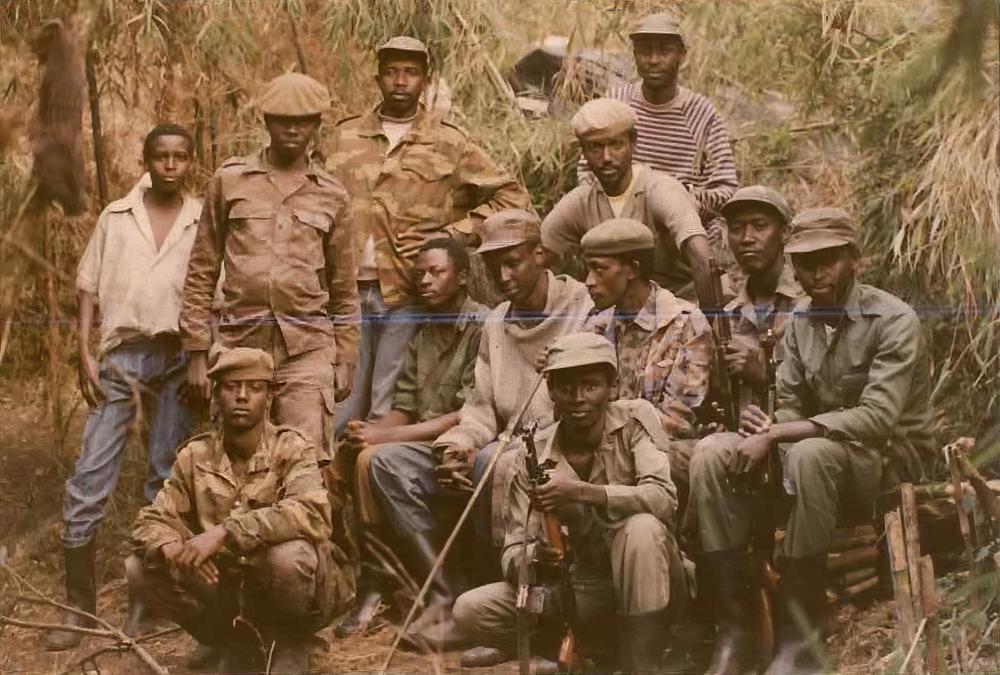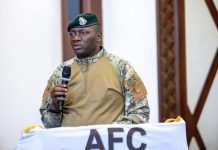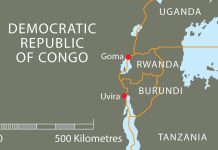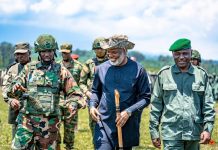Africa-Press – Rwanda. While October 1, 1990, reminds us of the date the Rwanda Patriotic Army (RPA), the armed wing of the Rwandan Patriotic Front (RPF), launched the war to liberate Rwanda from the genocidal regime, October 6 and 7,1990 evoke memories of the first crash between the RPA with foreign forces including troops from Belgium, France, Zaire, and probably Burundi. The crash happened while the liberators were fighting to capture the strategic barracks of Gabiro from the former Rwandan Armed Forces (ex-FAR).
The rebel fighters captured Gabiro military barracks between October 6 and 7, 1990. The seizure of this key strategic base and primary stronghold for the Rwandan genocidal government’s forces in Umutara region was a significant early victory for the RPA. It was crucial for the latter, as they signalled to the Rwandan people that the liberation struggle had begun.
Although they initially attacked and captured the barracks, the government forces, bolstered by reinforcements from Belgium, France, Zaire, and probably Burundi, were able to briefly recapture the base. The capture and recapture of Gabiro involved the first crash between the RPA and foreign military forces, which had been deployed to support the government of President Juvénal Habyarimana.
At Gabiro, rebel forces did not have to fight only the genocidal regime’s army, as they crashed with 300 French soldiers sent by the then French President François Mitterrand, the main ally of Habyarimana’s government, on October 4, pretending that they were there to protect French citizens living in Rwanda. But the real reason was to help the army of their friend Habyarimana fight the attacking forces. The RPA had to crash with the French-trained and well-equipped troops that came to help put a stop to the capture of Gabiro.
On October 5, 1990, 535 Belgian paratroopers landed in Kigali, and were immediately deployed to Gabiro to help the French soldiers and government army defeat the RPA. Their official mission was to protect the airport in Kigali and facilitate the evacuation of their nationals. But, like the French troops, they were there to fight what they called an invading Ugandan force.
Former Zaïre (present-day DR Congo) President Mobutu Sese Seko also sent an entire battalion, plus the Division Spéciale Présidentielle (DSP), an elite military force charged with his personal security, to assist Habyarimana. Though the exact number of soldiers sent is not publicly documented, reports indicate that the Zairean forces in Rwanda, estimated at around 1,500, participated in the battle for Gabiro.
There are some reports that reveal the existence of Burundian recruits in the battle for Gabiro, alongside Belgians, French and the Zairean troops. According to these reports, a French military advisor named Etienne Joubert and his team was in charge of training three different groups, including government forces, Interahamwe militia and Burundian recruits, prior to the launch of the liberation war.
Although these reports do not tell us the exact number of these Burundians, some of them point to up to 3,000 recruits. When the RPA crossed into Rwanda, on October 1, these Burundian recruits were still undertaking their training in Gabiro and probably helped their Rwandan colleagues to push back the RPA fighters.
During this battle, rebel soldiers registered initial successes, capturing the barracks of Gabiro and the city of Nyagatare. However, a counter offensive operation was launched by the government forces, with the support of these different foreign forces, which led to the withdrawal of the rebels. After this setback, the RPA reorganized its forces under the command of Major General Paul Kagame. They withdrew to the more defensible Virunga Mountains and transitioned to a strategy of guerrilla warfare, eventually liberating the country in 1994.
The fight with foreign forces did not stop at Gabiro, it continued until the RPA defeated them. Remembering the war in Rwanda, a French soldier, who had to face RPA during the Zone Turquoise operation, said: “They are not people to fight with.”
Thirty-three years after the battle, Gabiro has become an important training centre, where Rwanda’s military, police, and prison security personnel, are trained to enhance national security. The Gabiro Combat Training Center (CTC) is a key training facility for Rwanda Defence Force (RDF), Rwanda National Police (RNP), and Rwanda Correctional Service, offering intensive career and advanced courses in military skills, leadership, tactics, and physical fitness.
Its comprehensive training prepares officers and other ranks for various command and staff roles, enhancing their ability to tackle current and future security challenges.
For More News And Analysis About Rwanda Follow Africa-Press






